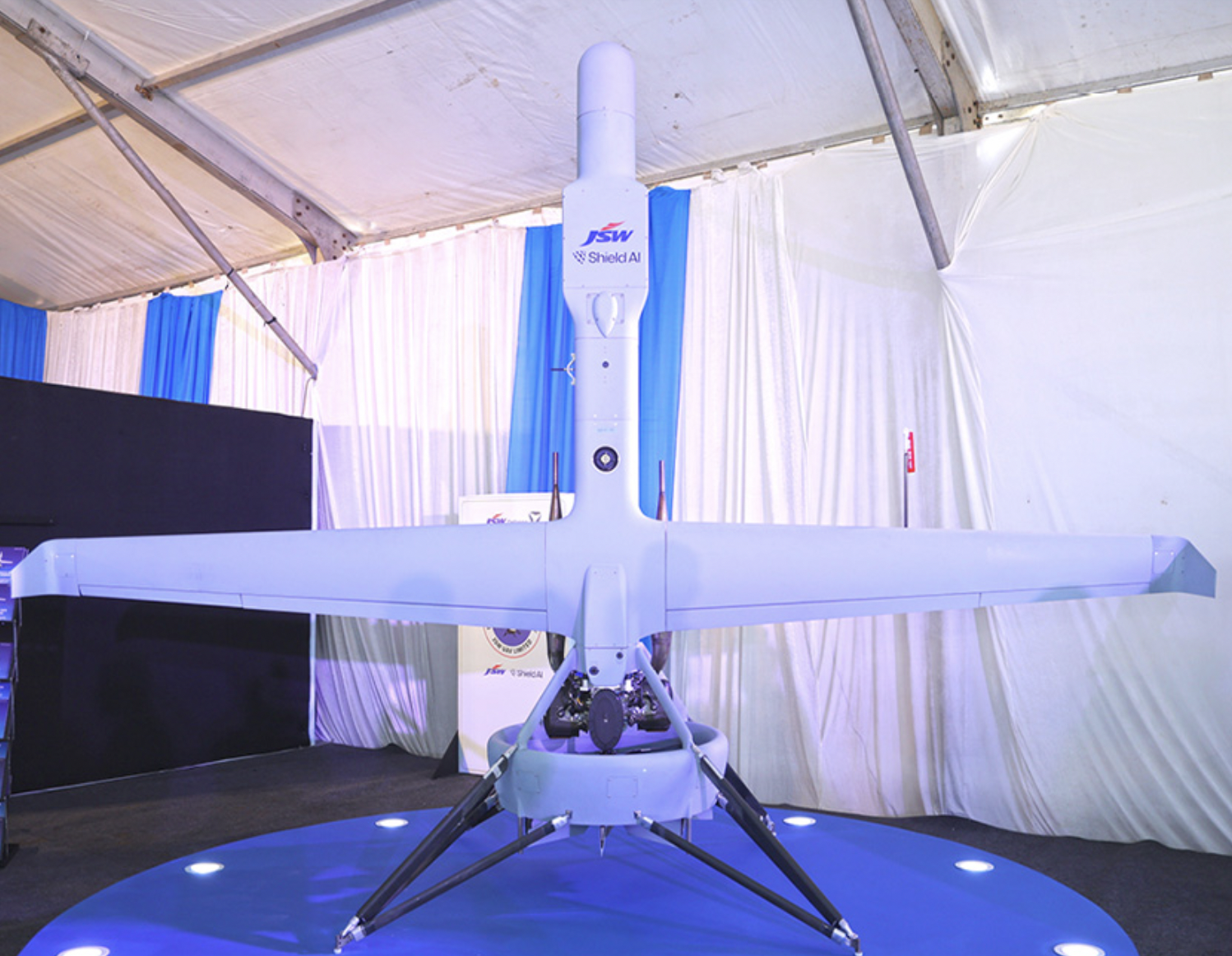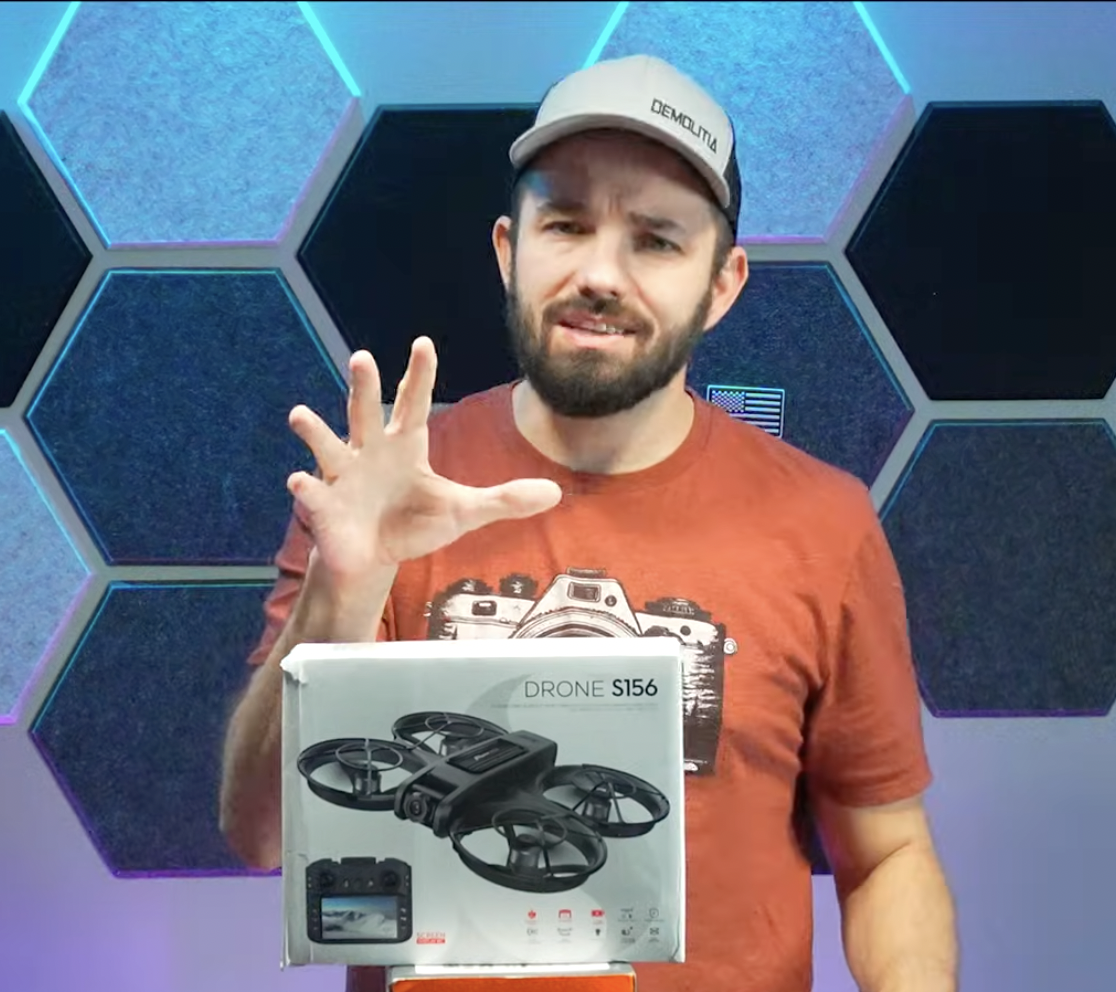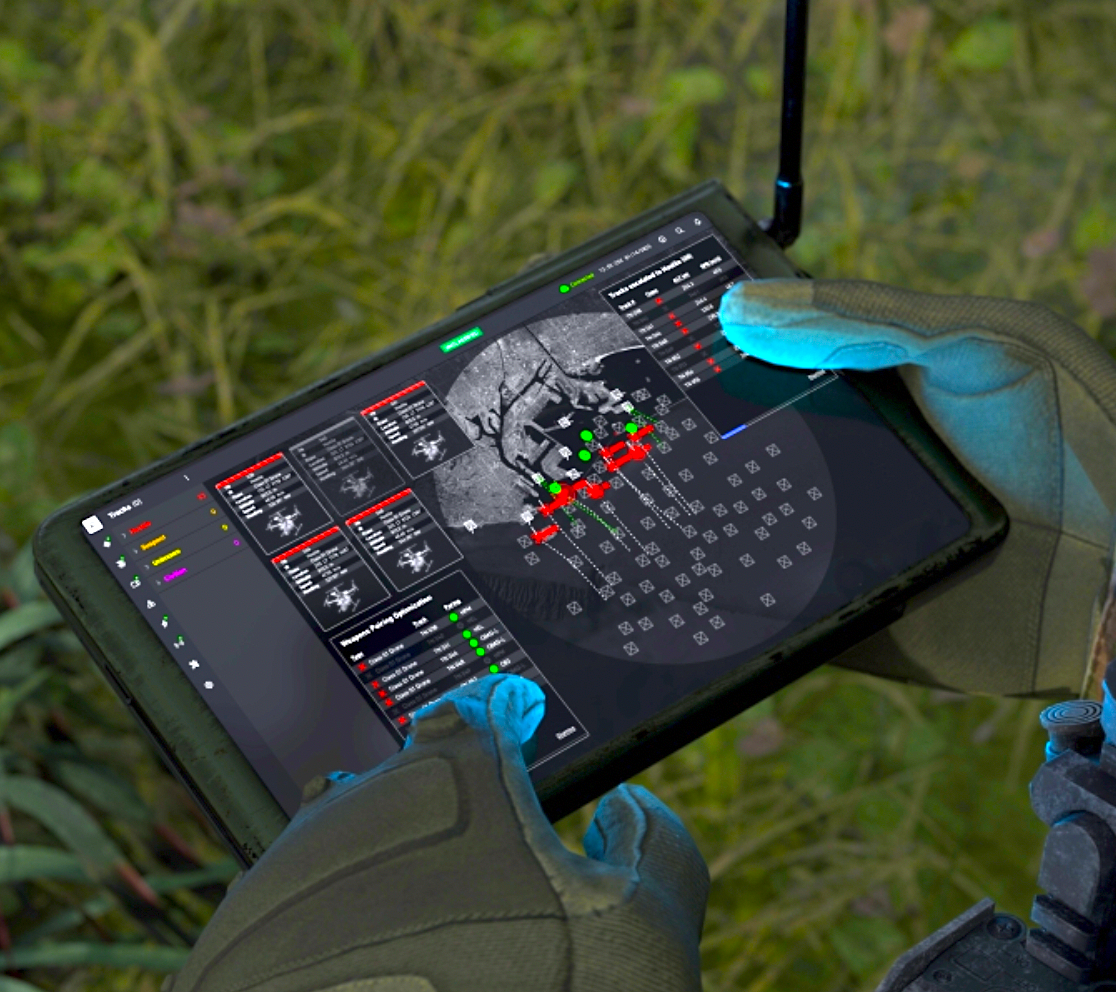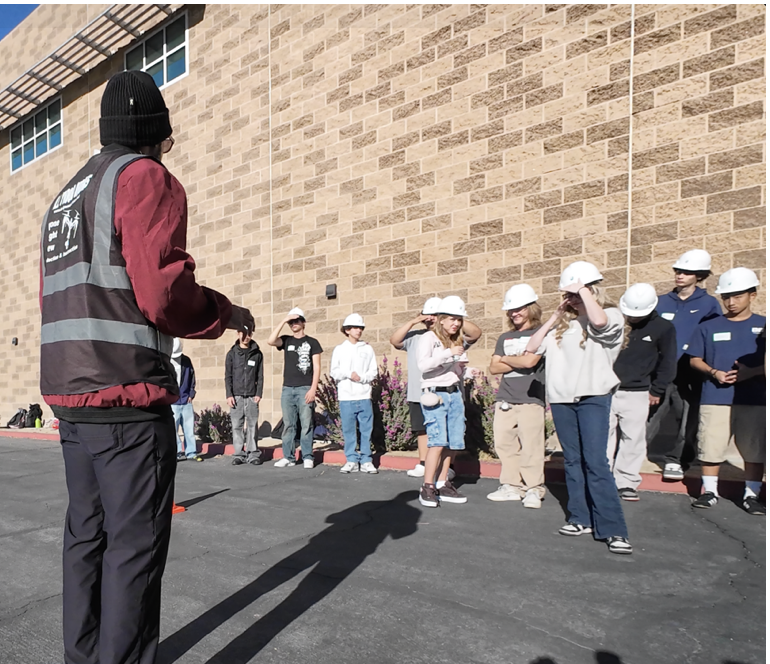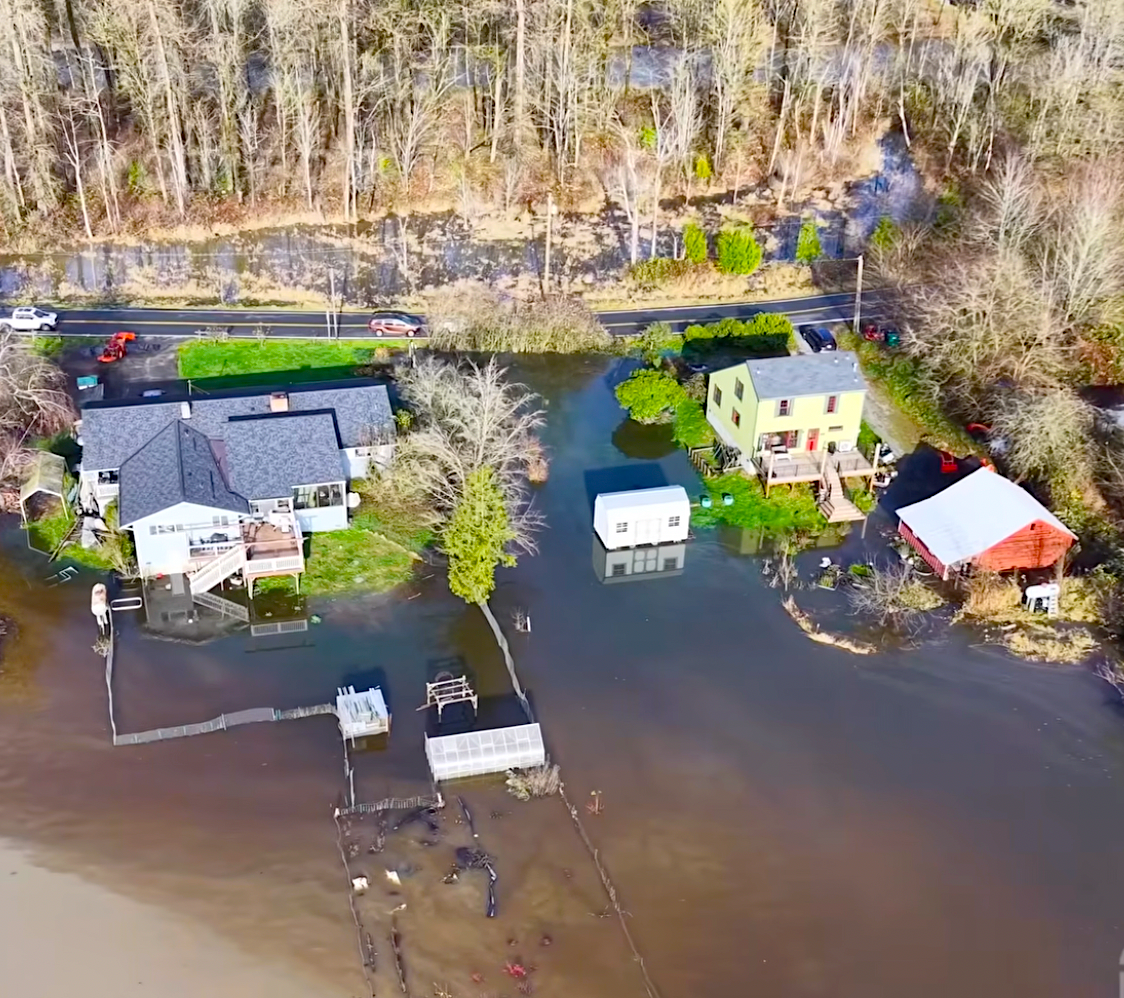Featured NewsTrending NewsFPV DronesAutonomous Drones Threaten the End of Human FPV Racers
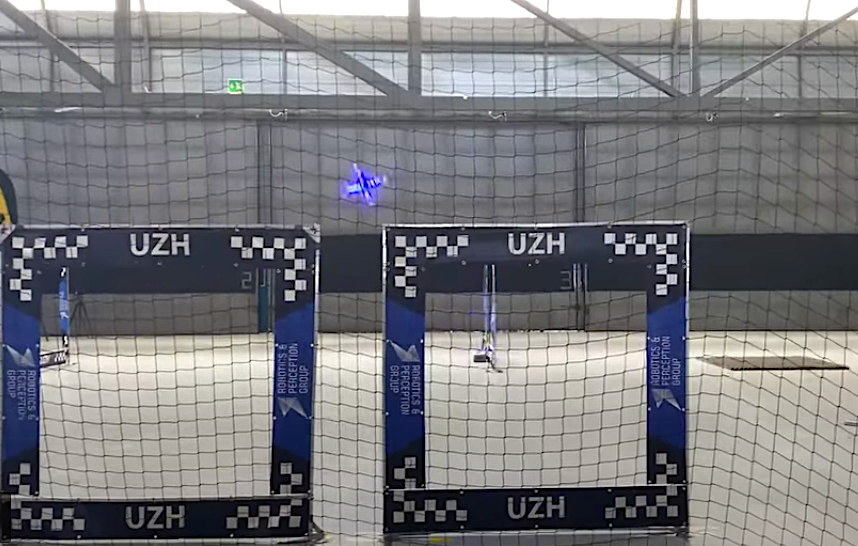
FPV drone-racing pilots...
Well, your days may be numbered.
You had a good run, of course. You've honored yourself in a sport where human pilots must navigate complex courses with speed and precision—all while relying solely on a video feed sent from a camera on the front of the drone to the pilot’s VR headset. Bravo.
But it's probably time to retire. Take up extreme snowboarding, perhaps?
You see, a year ago, autonomous racing quadrotors from Davide Scaramuzza’s Robotics and Perception Group at the University of Zurich (UZH) proved they could beat the world's fastest humans in a drone race. Losing that race didn't do you in, however, as the autonomous racing drones relied on a motion-capture system to provide high-resolution position information in real time (along with a computer sending control information). Lucky for you that this wasn't a fair fight...
But why?
An autonomous drone has several advantages over humans in such a race. First, it has near-perfect state estimation—thanks to a motion-capture system that covers the entire course. In other words, the drone always knows exactly where it is, as well as its precise speed and orientation. Experienced human pilots develop an intuition for estimating the state of their system, but they can’t watch their own drone while racing because they’re immersed in first-person view the entire time.
The second advantage the autonomous drone has is that it’s able to compute a trajectory that traverses the course in a time-optimal way, considering the course layout and the constraints imposed by the drone itself. Human pilots have to practice on a course for hours (or even days) to discover what they think is an optimal trajectory, but they have no way of knowing for sure whether their racing lines can be improved or not.
SEE A UZH DRONE WITH A MOTION-CAPTURE SYSTEM AND OFF-BOARD COMPUTATION
A FAIR REMATCH
So, earlier this month, a trio of champion drone racers traveled to Zurich for a rematch. This time, the autonomous drones were denied a motion-capture system—nothing was off-board. It would be simply drones and humans using their own vision systems and their own computers (or brains) to fly around a drone racing track as fast as possible.
What made this rematch a more equal competition where humans and robots could compete fairly, but doesn’t ask the robots to be less robotic or the humans to be less human-y?
No external help. No motion-capture system or off-board compute. Arguably, the humans have something of an advantage here, as they are off-board by definition, but the broader point of this research is to endow drones with the ability to fly themselves in aggressive and agile ways, so it’s a necessary compromise.
Complete knowledge of the course. Nothing on the course is secret, and humans can walk through it and develop a mental model. The robotic system, meanwhile, gets an actual CAD model. Both humans and robots also get practice time—humans on the physical course with real drones, and the system practices in simulation. Both humans and robots can use this practice time to find an optimal trajectory in advance.
Vision only. The autonomous drones use Intel RealSense stereo-vision sensors, while the humans use a monocular camera streaming video from the drone. The humans may not get a stereo feed, but they do get better resolution and higher frames per second than the RealSense gives the autonomous drone.
READY. SET...
Three world-class human pilots were invited to Zurich for the rematch. Thomas Bitmattaup (two-time winner of FRV racing's MultiGP International World Cup), Alex Vanover (2019 Drone Racing League champion), and Marvin Schäpper (2021 Swiss Drone League champion). Each pilot had as much time as they wanted on the course in advance, flying more than 700 practice laps in total.
On a Friday night in a military aircraft hangar outside of Zurich, the races began.
FAIR FIGHT: WATCH THE BLUE AUTONOMOUS DRONE BEAT THE RED HUMAN-PILOTED DRONE
With a top speed of close to 50 mph, the vision-based autonomous drone outraced the fastest human by 0.5 second during a three-lap race—where just one or two-tenths of a second is frequently the difference between a win and a loss.
This victory for the vision-based autonomous drone is a big deal, so human pilots beware...
"This demonstrates that AI-vs.-human drone racing has the potential to revolutionize drone racing as a sport," said Scaramuzza. "What’s clear is that superhuman performance with AI drones can be achieved, but there is still a lot of work to be done to robustify these AI systems to bring them from a controlled environment to real-world applications."
